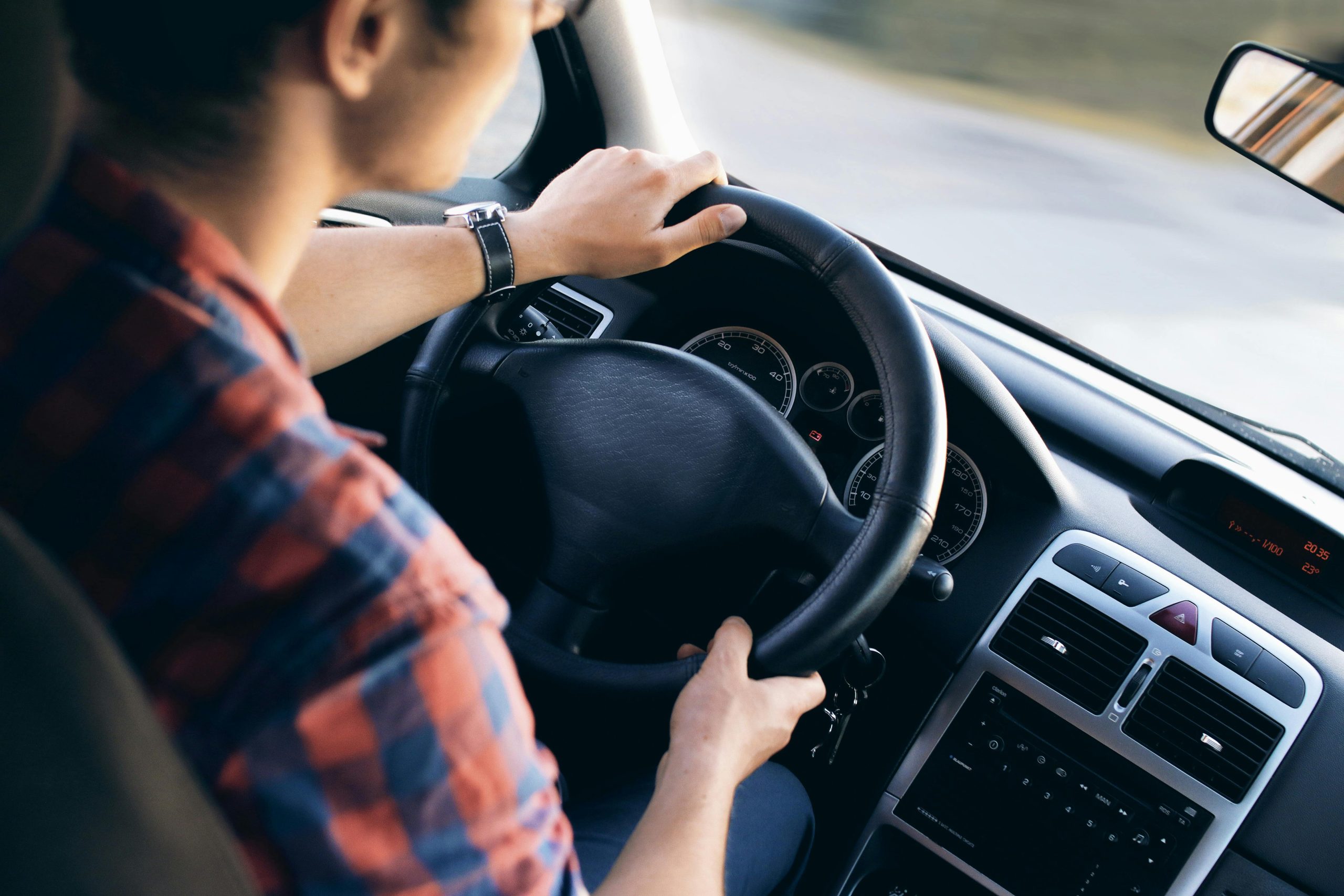Navigating the roads of Charlotte, North Carolina, requires a clear understanding of right-of-way rules to ensure safety and efficiency. These rules dictate who has the legal right to proceed in various traffic situations, helping to prevent accidents and confusion. This article delves into the essential right-of-way regulations in Charlotte, offering guidance for drivers, pedestrians, and cyclists alike.
Understanding Right-of-Way
The term “right-of-way” refers to the legal right to proceed forward in a traffic situation. In North Carolina, right-of-way laws are designed to facilitate orderly traffic flow and protect all road users. It’s crucial to note that while the law grants right-of-way in specific scenarios, no one should assume it without clear indication. Yielding when necessary is paramount to prevent collisions.
Intersections and Right-of-Way
Intersections are common sites for confusion regarding right-of-way. In Charlotte, the following rules apply:
- Uncontrolled Intersections: When two vehicles approach an intersection without traffic signals or signs simultaneously, the driver on the left must yield to the driver on the right.
- Four-Way Stops: At intersections where all directions have stop signs, the first vehicle to arrive has the right-of-way. If multiple vehicles arrive simultaneously, the vehicle on the right proceeds first.
- Turning Left: Drivers intending to turn left must yield to oncoming traffic unless they have a green arrow indicating a protected turn.
- Right Turn on Red: North Carolina law permits right turns at red lights after a complete stop, provided there’s no sign prohibiting it. However, drivers must yield to all other traffic and pedestrians before proceeding.
Pedestrian Right-of-Way
Pedestrian safety is a priority in Charlotte. According to North Carolina General Statutes § 20-173, drivers must yield to pedestrians crossing the roadway within any marked crosswalk or at unmarked crosswalks at intersections. This law emphasizes the responsibility of drivers to remain vigilant, especially in areas with high foot traffic.
When traffic-control signals are absent or not operational, drivers are required to slow down or stop to allow pedestrians to cross safely. It’s important to note that pedestrians should not suddenly leave a curb and walk or run into the path of a vehicle that is so close that it is impossible for the driver to yield.
Bicyclists and Right-of-Way
Bicyclists in Charlotte are afforded the same rights and responsibilities as motor vehicle operators. This means they must adhere to traffic signals and signs and are entitled to the full use of a lane. Motorists should exercise caution and provide ample space when overtaking cyclists. Conversely, cyclists are expected to ride predictably and signal their intentions to ensure mutual understanding on the road.
Emergency Vehicles
When an emergency vehicle with activated sirens or flashing lights approaches, all drivers are required to yield the right-of-way. This involves pulling over to the right-hand edge of the roadway and stopping until the emergency vehicle has passed. If you’re in an intersection, proceed through it before pulling over. Ensuring a clear path for emergency responders is not only a legal obligation but also a critical component of public safety.
School Buses
In North Carolina, specific laws govern interactions with school buses to protect children. When a school bus displays its mechanical stop signal or flashing red lights and is stopped for the purpose of receiving or discharging passengers, drivers from all directions are required to stop. The only exception is for divided highways with a median or physical barrier; in such cases, only traffic following the bus must stop. Vigilance in school zones and near buses is essential to prevent tragic accidents.
Common Misconceptions
A prevalent misconception is that having the right-of-way absolves a driver from the duty of care. Regardless of right-of-way rules, all road users must exercise caution and prioritize safety. Assuming that other drivers will yield can lead to dangerous situations. It’s always prudent to anticipate potential errors by others and be prepared to react accordingly.
Legal Implications of Failing to Yield
Failing to yield the right-of-way can result in severe legal consequences in Charlotte. Drivers may face citations, fines, and increased insurance premiums. More gravely, if failure to yield leads to an accident causing injury or death, the responsible driver could face criminal charges and civil liabilities. Understanding and adhering to right-of-way laws is not merely about compliance but is fundamental to ensuring the safety of all road users.
Conclusion
Right-of-way rules are integral to the safe and efficient movement of traffic in Charlotte. By familiarizing themselves with these regulations, drivers, pedestrians, and cyclists contribute to a safer community. Always remember that yielding when necessary and exercising patience can prevent accidents and save lives.
(Source : legalclarity.org)


